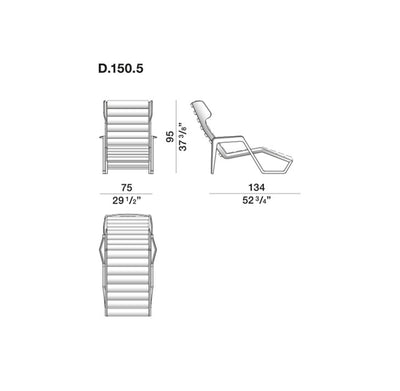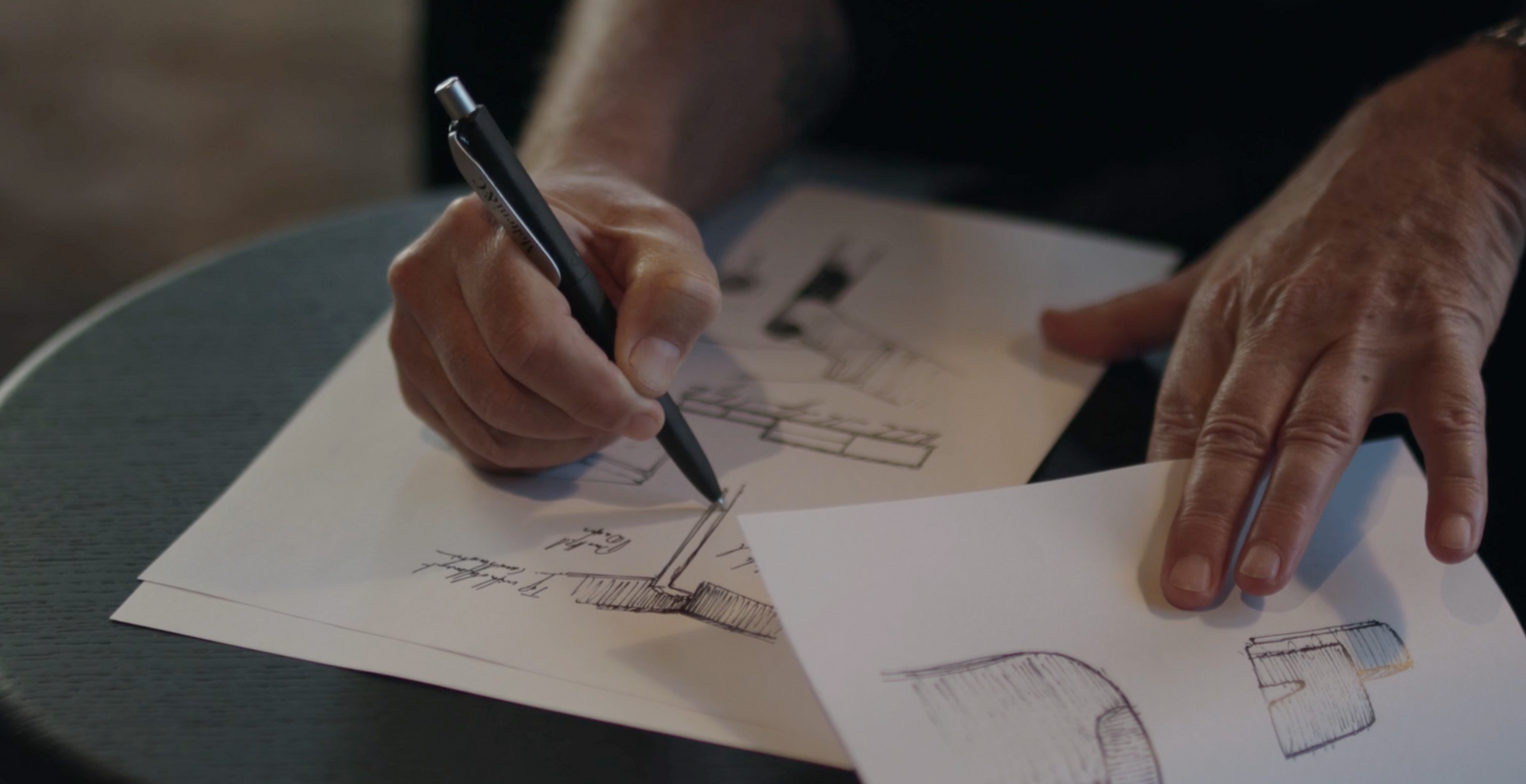
Giovanni “Gio” Ponti, (Milan, November 18, 1891 - Milan, September 16, 1979), is one of the Italian masters of architecture. He was also a designer and essayist and one of the most important of the twentieth century.
Other than the great architectural works which carry his unmistakable signature, he created a vast amount of work in the furniture sector. This is demonstrated in his three Milanese houses which were fully furnished in the "Ponti" style. The houses in via Randaccio, 1925, Casa Laporte in via Brin, 1926 and the last in via Dezza, in 1957 is an "expression" of his home design ideas. Gio Ponti was an Italian promoter of industrial design and introduced the idea of interior furnishing ranges produced as being a "sophisticated," economic, "democratic" and modern.
Molteni&C managed a reissuing project of furniture and furnishings designed by Gio Ponti for products for these private homes and limited editions. After a long journey of research, selection and study of prototypes, the collection was exhibited at the Salone del Mobile 2012. This was thanks to the cooperation and the exclusively signed agreement of the Ponti heirs and the artistic director of Cerri & Associati Studio.


Giovanni “Gio” Ponti, (Milan, November 18, 1891 - Milan, September 16, 1979), is one of the Italian masters of architecture. He was also a designer and essayist and one of the most important of the twentieth century.
Other than the great architectural works which carry his unmistakable signature, he created a vast amount of work in the furniture sector. This is demonstrated in his three Milanese houses which were fully furnished in the "Ponti" style. The houses in via Randaccio, 1925, Casa Laporte in via Brin, 1926 and the last in via Dezza, in 1957 is an "expression" of his home design ideas. Gio Ponti was an Italian promoter of industrial design and introduced the idea of interior furnishing ranges produced as being a "sophisticated," economic, "democratic" and modern.
Molteni&C managed a reissuing project of furniture and furnishings designed by Gio Ponti for products for these private homes and limited editions. After a long journey of research, selection and study of prototypes, the collection was exhibited at the Salone del Mobile 2012. This was thanks to the cooperation and the exclusively signed agreement of the Ponti heirs and the artistic director of Cerri & Associati Studio.

D.150.5 | Outdoor | Chaise longue
In collaboration with the Gio Ponti Archives and the heirs of the renowned Milanese architect, Molteni&C is reconstructing one of the rare pieces of furniture Gio Ponti designed for outdoor use: the D.150.5 chaise longue projects for the cruise ship Andrea Doria in 1952.

A synthesis of values that resolves itself into an aesthetic, as Ponti teaches. The contours of our chaise longue are characterised by two distinctive features: the first is the continuous line of the side design that unites the different parts (backrest, seat, armrest, footrest) in a single stroke, marking the elongated profile of the armchair in accordance with the Pontian principle.
This edition is a tribute to Ponti's work for the Andrea Doria, where he was able to create exceptional environments with his multifaceted creativity. The chaise longue, "dreamed up" and designed by Ponti, is an important exponent of this representation, which anticipates, by seizing the opportunity of the ship's unconventional environments, precisely the continuous and modifiable spaces of his architecture of later years, where the furnishings participate in the domestic theatre without constructing fixed sets, as could be the case for living room or bedroom furniture, but rather responding to and representing in their design the comforts and needs of those who would use them.

The second detail is the radius of the angle between the seat and the backrest, which is identical to that of Ponti's precisely stated in the construction notes of the '53 Distex now issued by Molteni&C as D.153.1. The use of solid teak highlights the production merits of high quality cabinet making.
You may also like
Recently viewed

COMPLIMENTARY CONSULTATION

CUSTOM CONFIGURATION
MADE IN ITALY
















